Single Board Computer Memory
Updated: 07Aug2024 01:10:17 UTC 2024-08-07T01:10:17Z
Rating: (0 reviewsThis article has not been rated yet)
All computing tasks involve the interaction between the CPUCentral Processing Unit and memory. Instructions in memory are fetched, and while the CPU executes those instruction it reads data from memory, changes it, and then writes data back to memory. The main goal of memory in a computer is to store data from the CPU and hand it back when requested as quickly as possible.
Single Board Computers (SBCSingle Board Computers) contain volatile memory (RAMRandom Access Memory) and non-volatile memory (flash and microSDThe microSD is a Secure Digital (SD) removable miniaturized flash memory card that is the compact version of a standard SD card and is meant to be used with smaller devices. cards). The difference between these two types of memory is the contents of volatile memory are lost if the board loses power, whereas the contents of non-volatile memory persists between power cycles. In this overview, the different kinds of volatile RAM and non-volatile data storage memory that SBCs have will be discussed.
RAM
Random Access Memory (RAMRandom Access Memory) is volatile memory that is the temporary working data space for applications to store and access transient data. Having more RAM means that more data can be accessed and read faster than being written to flash, microSDThe microSD is a Secure Digital (SD) removable miniaturized flash memory card that is the compact version of a standard SD card and is meant to be used with smaller devices., or hard drive. RAM allows the SBC to perform most of its everyday computer tasks, such as loading applications, web browsing, word processing, and graphics.
The most common type of RAM in SBCs is DDRDouble Data Rate (DDR) is a type of SDRAM memory that fetches data on both the leading edge and the falling edge of the clock signal that regulates it. SDRAMSynchronous Dynamic Random-Access Memory where two memory transfers occur for each clock cycle (on both the rising edge and the falling edge of each clock cycle), that essentially doubles the data rate compared to SDRSingle Data Rate SDRAM. Some SBCs have the low power version of DDR, called LPDDRLow-Power Double Data Rate, that consumes less power than the standard DDR. Each generation of DDR (DDR1, DDR2, DDR3, etc.) and LPDDR (LPDDR1, LPDDR2, LPDDR3) offers higher transfer rates and power efficiency. A list of the RAM used in popular SBCs is provided below.
| SBC | RAM |
|---|---|
| RPi4B | 2GB/4GB/8GB LPDDR4 |
| RPi Zero 2 W | 512MB LPDDR2 |
| BeagleBone Black | 512MB DDR3 |
| BeagleBone AI-64 | 4GB LPDDR4 |
| BeagleBone PocketBeagle |
512MB DDR3 |
| Pine64 RockPro64 | 4GB LPDDR4 |
| Odroid N2+ | 2GB/4GB DDR4 |
| Odroid C4+ | 4GB DDR4 |
| Orange Pi 5 | 4GB/8GB/16GB/32GB LPDDR4 |
| Orange Pi 4 LTS | 3GB/4GB LPDDR4 |
| Orange Pi 3 LTS | 2GB LPDDR3 |
| Orange Pi Zero 2 |
512MB/1GB DDR3
(shared with GPU) |
| radxa Rock 5B | 4GB/8GB/1GB LPDDR4 |
| radxa Rock 4C+ | 1GB/2GB/4GB LPDDR4 |
| Libre Renegade | 2GB/4GB DDR4 |
Data Storage
Flash and microSDThe microSD is a Secure Digital (SD) removable miniaturized flash memory card that is the compact version of a standard SD card and is meant to be used with smaller devices. cards are the two main types of non-volatile memory used by SBCs to store long term data, such as the operating system and files. Both Flash and microSD can be read, erased, and written to.
The types of flash memory found on most SBCs are either onboard SPISerial Peripheral Interface flash, onboard eMMCEmbedded Multimedia Card, and/or a connector for an external eMMCEmbedded Multimedia Card memory module. The SPI Flash memory found on some SBCs has a small capacity that ranges from 2MB to 8MB, and are usually present to store the U-Boot bootloader to allow booting from other devices such USB Storage. eMMC flash memory can be found on the board of some SBCs, such as the Beagle Bone Black and AI-64, while other SBCs offer a connector for an external eMMC memory module, such as Pine64 RockPro64, Odroid, Orange Pi 3 LTS, Orange Pi 4 LTS, and Libre Renegade.
SBCs typically have a microSDThe microSD is a Secure Digital (SD) removable miniaturized flash memory card that is the compact version of a standard SD card and is meant to be used with smaller devices. card slot for larger memory capacity. The microSD can hold the OSOperating System, programs data, and files. Some boards, like the Orange Pi 5, have an onboard M.2 M-KEY Socket PCIePeripheral Component Interconnect Express interface that supports access to NVMeNon-Volatile Memory Express SSDSolid State Drive hard drives for even larger capacity storage.
A list of these different data storage options used in popular SBCs is provided below.
| SBC | Data Storage |
|---|---|
| RPi4B |
|
| RPi Zero 2 W |
|
| BeagleBone Black |
|
| BeagleBone AI-64 |
|
| BeagleBone PocketBeagle |
|
| Pine64 RockPro64 |
|
| Odroid N2+ |
|
| Odroid C4+ |
|
| Orange Pi 5 |
|
| Orange Pi 4 LTS |
|
| Orange Pi 3 LTS |
|
| Orange Pi Zero 2 |
|
| radxa Rock 5B |
|
| radxa Rock 4C+ |
|
| Libre Renegade |
|
Conclusion
This was an overview of the different kinds of RAM and data storage memory that most SBCs have. The RAM capacity of SBCs range from 512MB for the smaller boards (PocketBeagle, RPi Zero, and Orange Pi Zero 2) and up to 8GB for larger boards. SBCs have a microSD card slot for data storage, with some boards offering internal/external eMMC flash memory or even a hard drive interface.



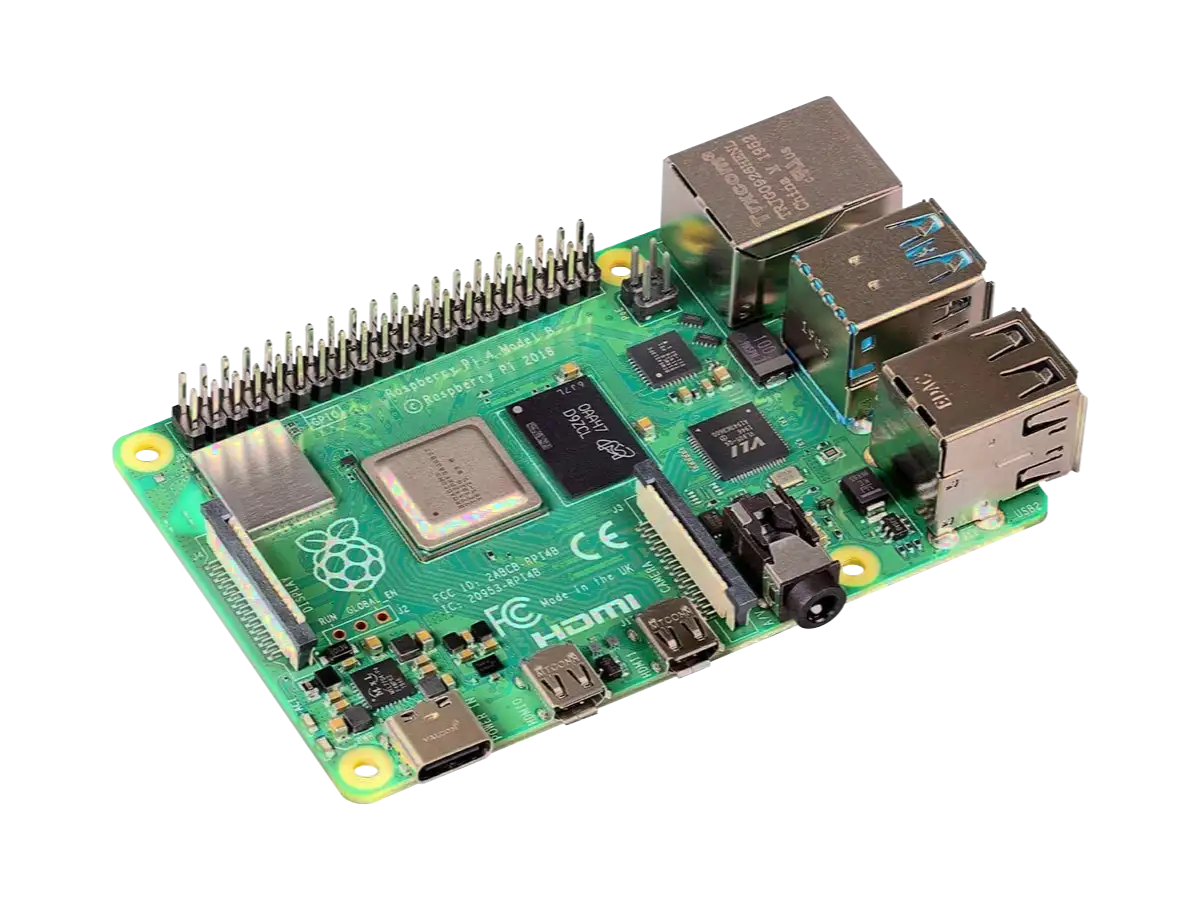
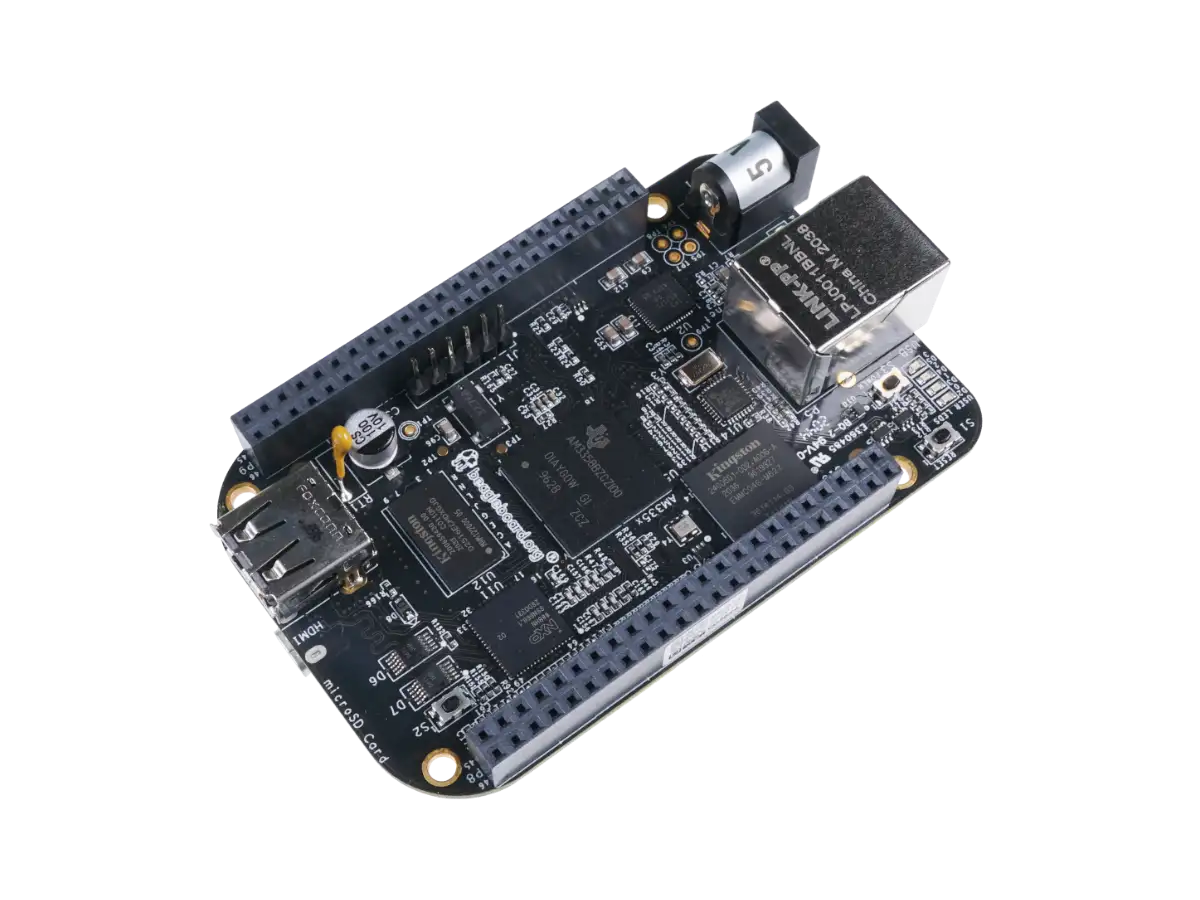
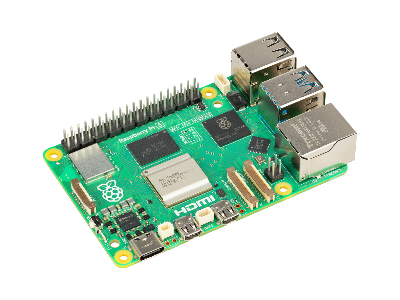


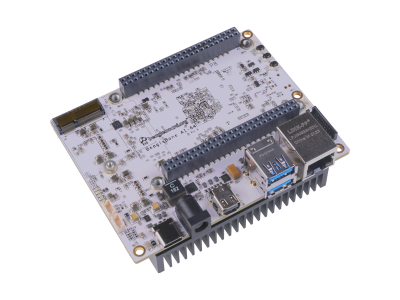
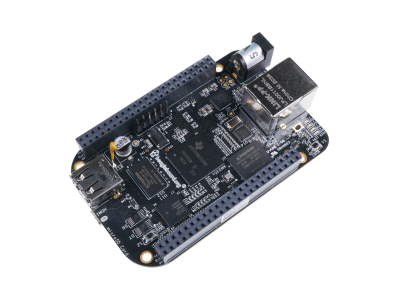
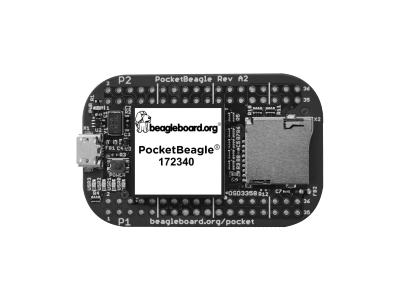
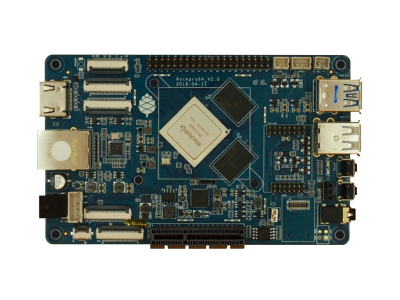
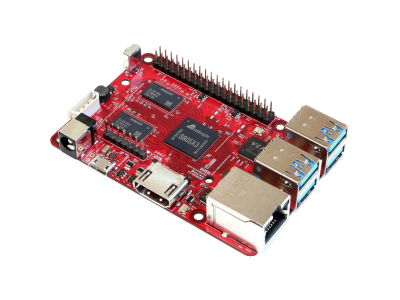

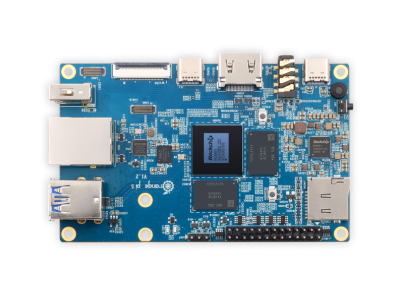
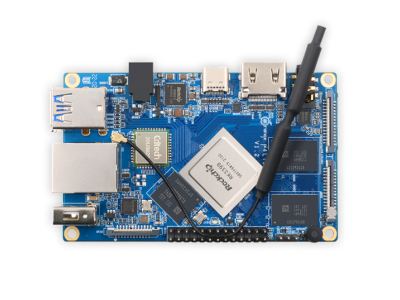
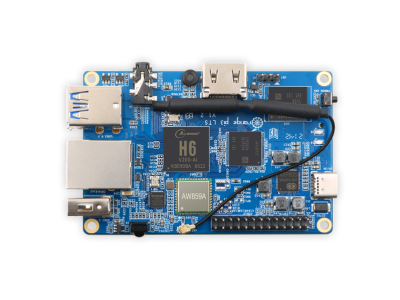

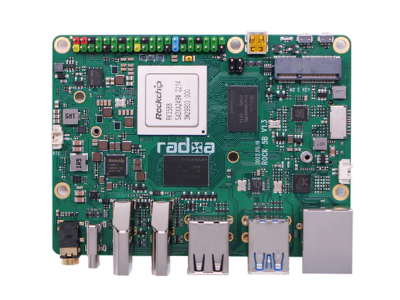

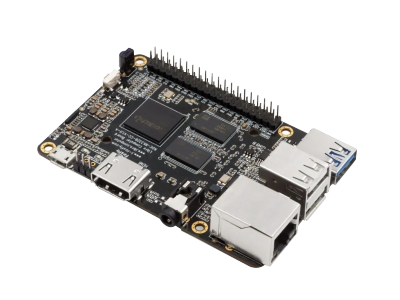
(0) Comments
Sign in to leave a comment
Sign In